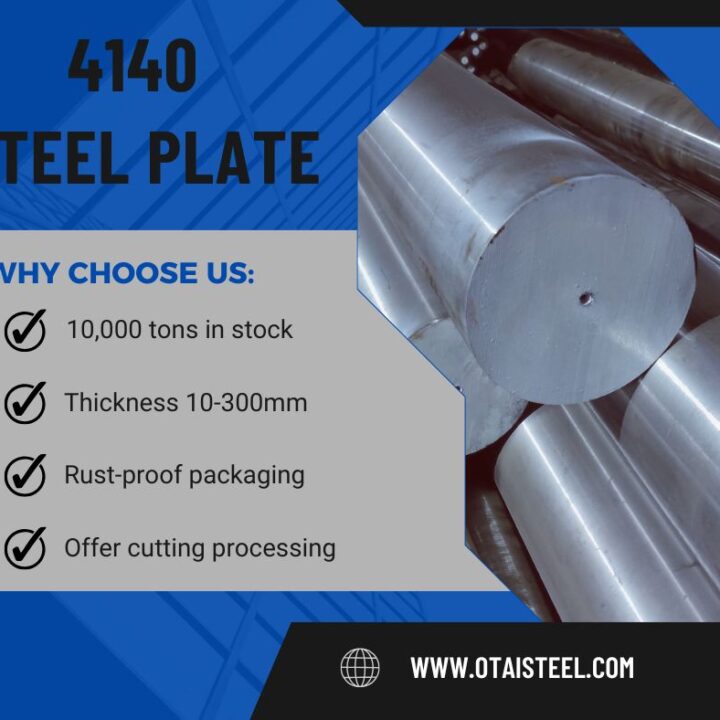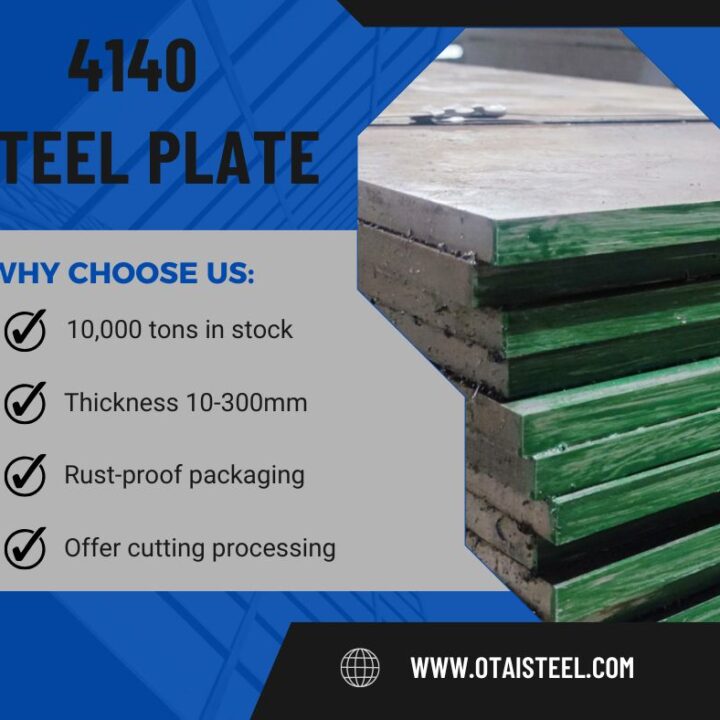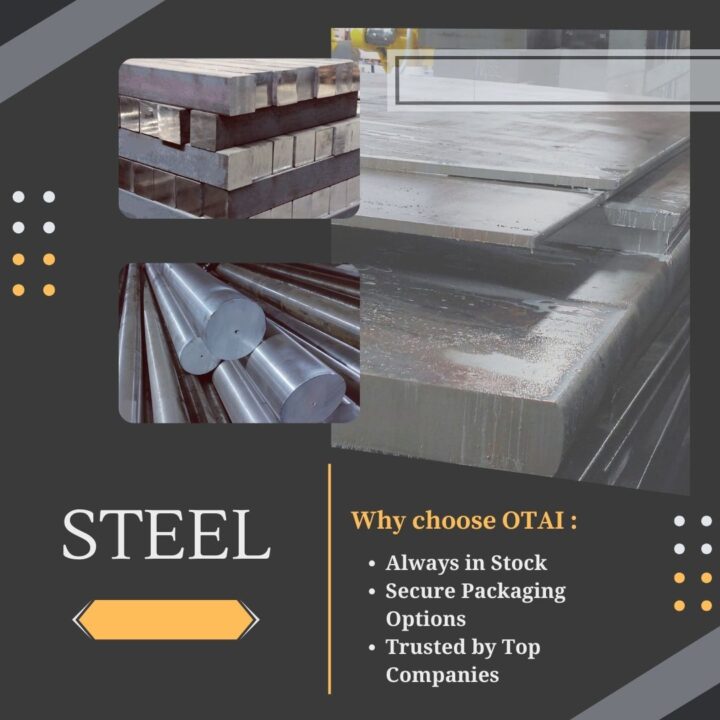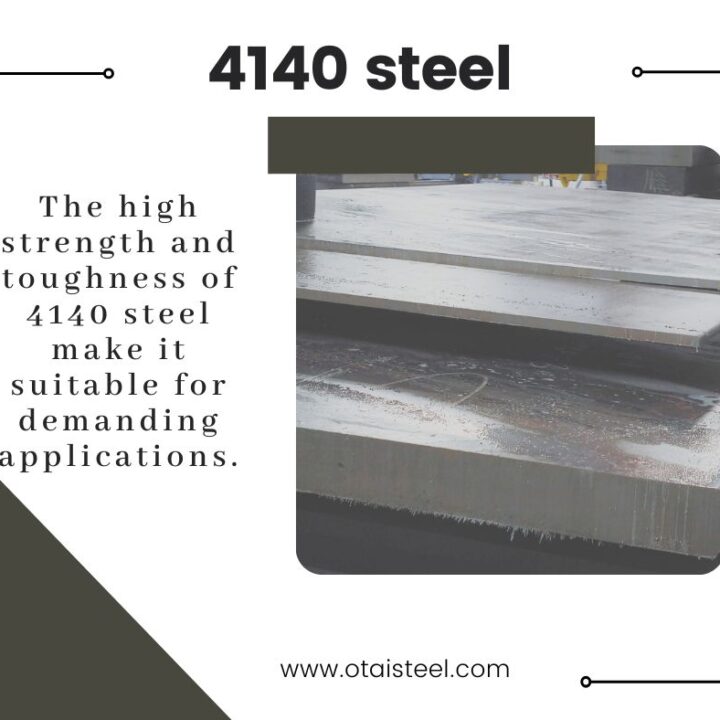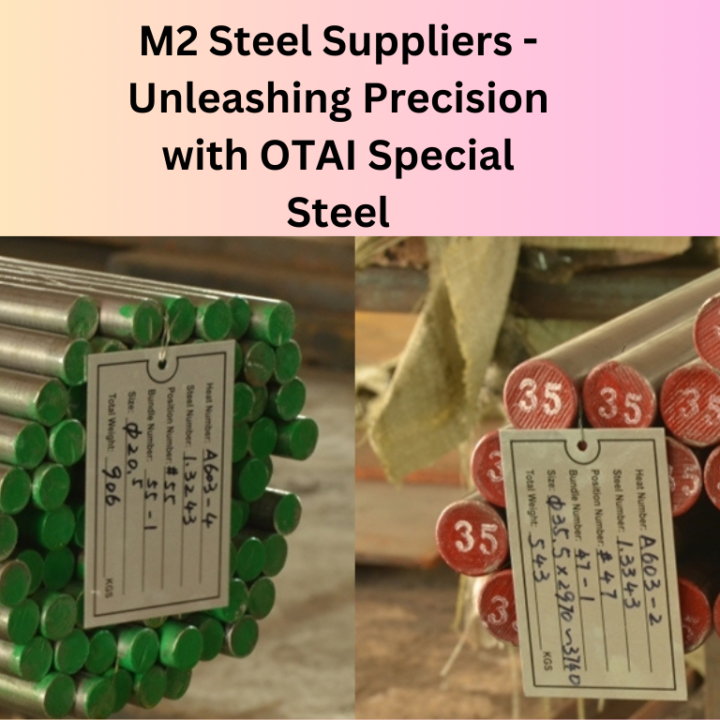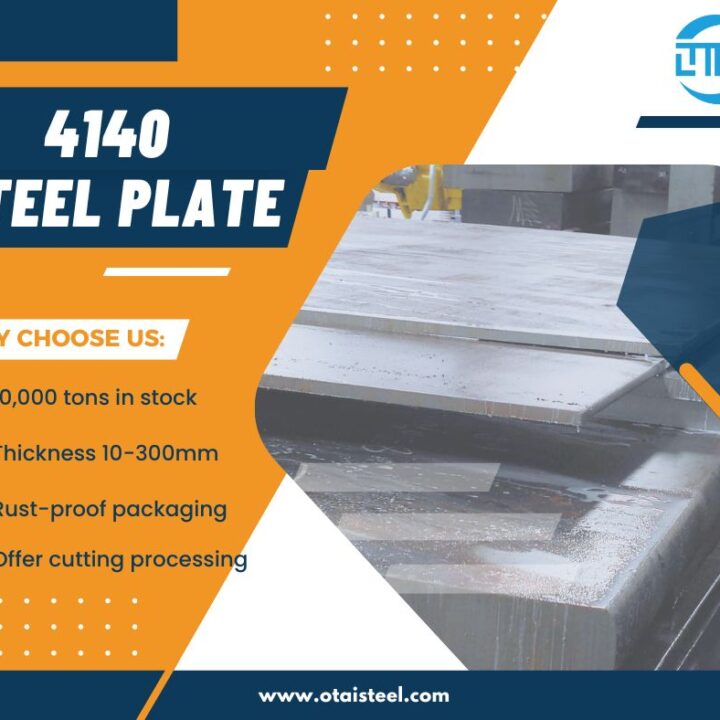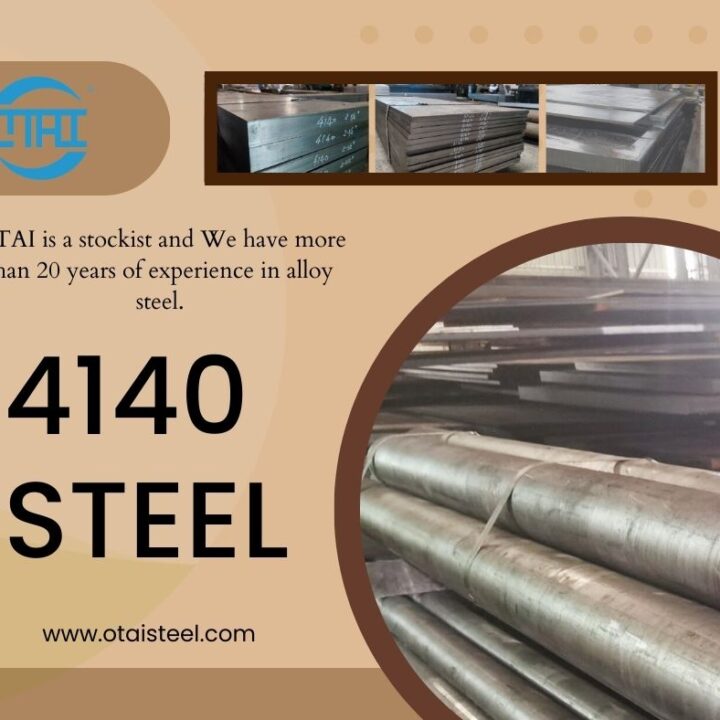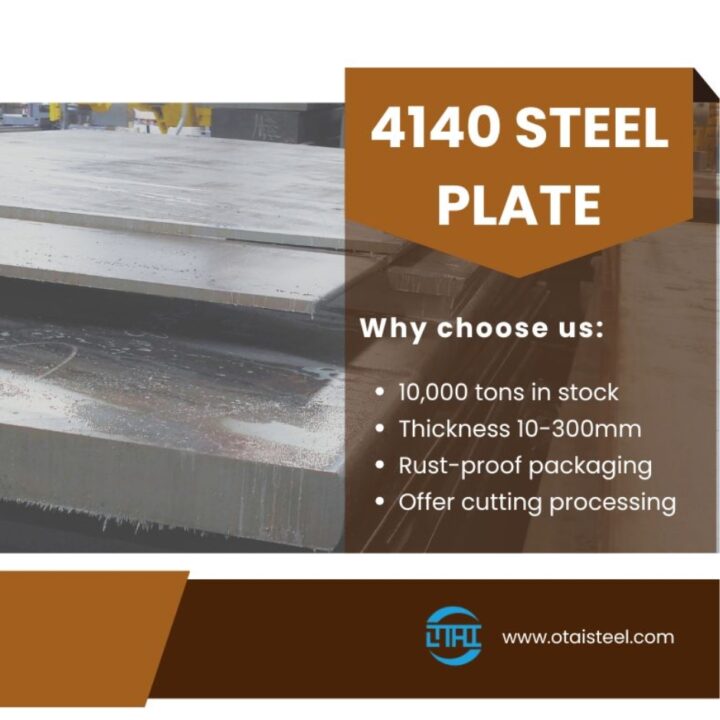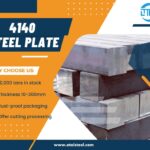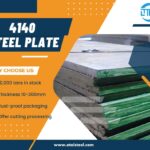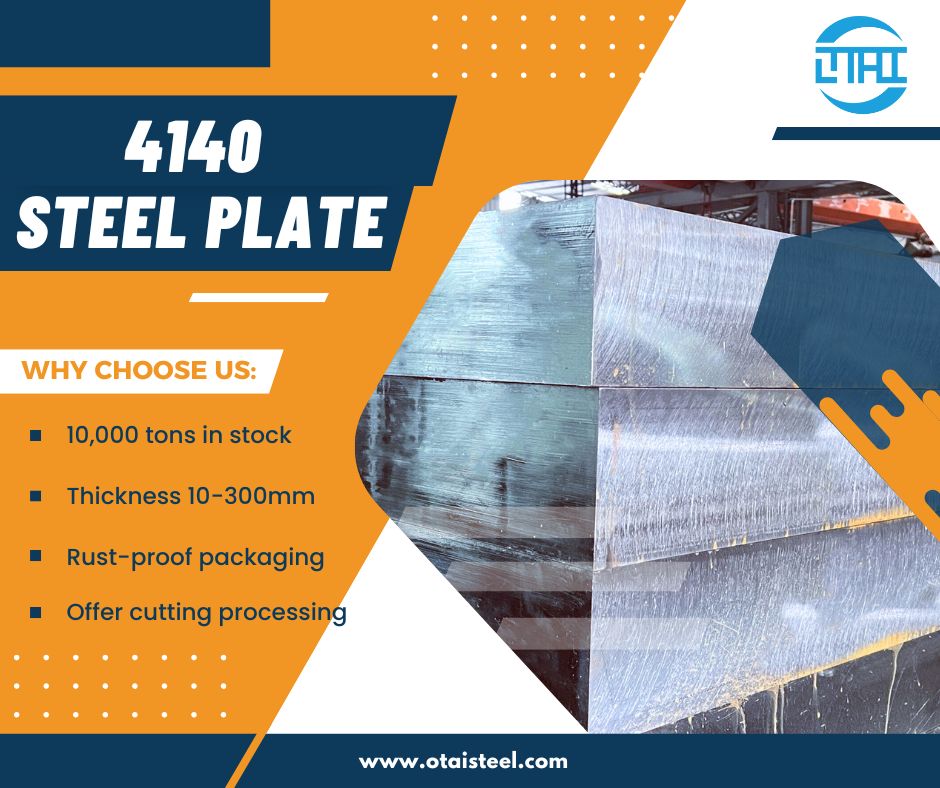 4140 Steel Hardness HRC: How Hard Can It Really Get?
4140 Steel Hardness HRC: How Hard Can It Really Get?
When you hear 4140 steel hardness HRC, you might wonder, just how hard is 4140 steel? Whether you’re an engineer, machinist, or buyer, knowing the hardness range and what affects it is crucial for making the right material choice. So, let’s unpack the truth about 4140 steel hardness levels, heat treatment effects, and why this alloy is so widely trusted.
🔍 What Does HRC Mean for 4140 Steel?
HRC (Rockwell Hardness C scale) measures how resistant steel is to indentation. For 4140 steel hardness HRC, this number changes drastically depending on whether the steel is annealed, normalized, or quenched and tempered. The Rockwell scale is particularly useful because it correlates well with real-world toughness and machinability.
Typical 4140 steel hardness values range from:
-
Annealed 4140: 16-22 HRC — softer, easier to machine but less wear-resistant.
-
Normalized 4140: 23-28 HRC — a bit harder, more strength.
-
Quenched and tempered 4140: 28-32 HRC, sometimes up to 35 HRC — optimal balance of hardness and toughness.
-
Nitrided 4140 surface: 50+ HRC on the surface, while core remains tough.
🔥 Why Does Hardness Vary So Much?
The real magic (and complexity) happens in 4140 steel heat treatment. Without it, 4140 is relatively soft. Once quenched and tempered (Q&T), the steel’s microstructure changes—martensite forms and grain boundaries tighten—resulting in a much higher hardness and strength.
-
Quenching rapidly cools the steel, locking in a hard but brittle martensitic phase.
-
Tempering gently reheats it, reducing brittleness but keeping the hardness mostly intact.
This is why the 4140 steel hardness HRC after heat treatment usually lands in that sweet 28-32 range, striking a strong yet resilient balance.
⚙️ How Does Hardness Impact Your Work?
Understanding hardness is key to anticipating how 4140 steel will behave:
-
Machinability: Lower HRC (annealed) = easier cutting and shaping; higher HRC (Q&T) = tougher to machine, requires better tools.
-
Wear resistance: Harder steel withstands abrasion longer—critical for gears, shafts, and heavy-duty parts.
-
Toughness vs brittleness: Higher hardness can mean more brittleness if tempering isn’t done right.
Knowing the 4140 steel hardness chart helps you pick the right condition for your application and tooling.
📊 Comparing 4140 Steel Hardness to Other Steels
For perspective, here’s how 4140 stacks up:
| Steel Grade | Typical Hardness (HRC) | Notes |
|---|---|---|
| Mild Steel (annealed) | 12-16 | Very easy to machine, low strength |
| 1045 Steel (Q&T) | 23-28 | Medium strength and hardness |
| 4140 Steel (Q&T) | 28-32 (can go higher) | High strength and toughness |
| Tool Steel | 50+ | Extremely hard, often brittle |
This shows why 4140 steel hardness hrc in quenched and tempered form is a sweet spot for many demanding industrial uses.
💡 Tips for Achieving Desired Hardness in 4140 Steel
If you want to tweak hardness for specific needs, consider:
-
Adjust tempering temperature: Lower tempering temperature = higher hardness but less toughness; higher tempering temp = softer but tougher.
-
Surface treatments: Nitriding or flame hardening can boost surface hardness to 50+ HRC while keeping the core tough.
-
Controlled cooling rates: Ensuring proper quench media (oil, water, polymer) and cooling rates avoids cracking or uneven hardness.
These techniques give you flexibility beyond the typical 4140 steel hardness range.
🏭 Real-World Uses That Depend on 4140 Hardness
4140’s hardness versatility makes it ideal for:
-
Automotive shafts and gears: Need to be tough and wear-resistant.
-
Hydraulic cylinders and pins: Require hardness to resist wear but also impact toughness.
-
Tooling and dies: Benefit from surface hardening combined with tough core.
-
Heavy machinery components: Must survive fatigue and heavy loads over time.
In all these, controlling 4140 steel hardness HRC through heat treatment and finishing is essential to prevent premature failure and downtime.
🔧 Why Consistent Hardness Matters
Uneven hardness or incorrect heat treatment can cause:
-
Cracking or brittleness: Especially if quenched too fast or tempered insufficiently.
-
Poor wear resistance: If annealed or under-tempered.
-
Machining challenges: Too hard = tool wear and breakage.
That’s why a proper 4140 steel hardness test and quality control are non-negotiable for reliable parts.
🏢 Why Otai Steel Is Your Best Partner for 4140 Steel Hardness Solutions
At Otai Special Steel, we’re proud to be your trusted steel supplier and service partner for 4140 steel hardness HRC needs. Here’s why customers worldwide choose us:
-
✅ Huge stock: Over 10,000 tons of 4140 steel available from 6mm to 300mm thickness
-
✅ Variety of conditions: Annealed, normalized, quenched & tempered, nitrided
-
✅ Precision cutting & custom dimensions for your exact application
-
✅ Full testing: chemical, mechanical, hardness (HRC) and ultrasonic inspections
-
✅ Fast global shipping and trusted by top companies like Thyssenkrupp, Borealis, Schlumberger
We help you get the right 4140 steel hardness level for your project, balancing strength, toughness, and machinability.
📧 Reach out at jack@otaisteel.com
📱 Or WhatsApp: +8676923190193
❓ FAQs – 4140 Steel Hardness HRC: Your Questions Answered
Q1: What is the typical hardness range of 4140 steel after heat treatment?
A: Usually between 28-32 HRC after proper quenching and tempering.
Q2: Can 4140 steel be hardened beyond 32 HRC?
A: Surface treatments like nitriding can boost surface hardness to 50+ HRC without sacrificing core toughness.
Q3: How does annealed 4140 hardness compare?
A: Annealed 4140 is much softer, around 16-22 HRC, which is easier to machine but less wear-resistant.
Q4: Does higher hardness mean more brittleness?
A: Not necessarily—tempering balances hardness and toughness. Poor heat treatment can cause brittleness.
Q5: Is hardness testing important for 4140 steel parts?
A: Absolutely, consistent hardness ensures reliability, machinability, and performance.
